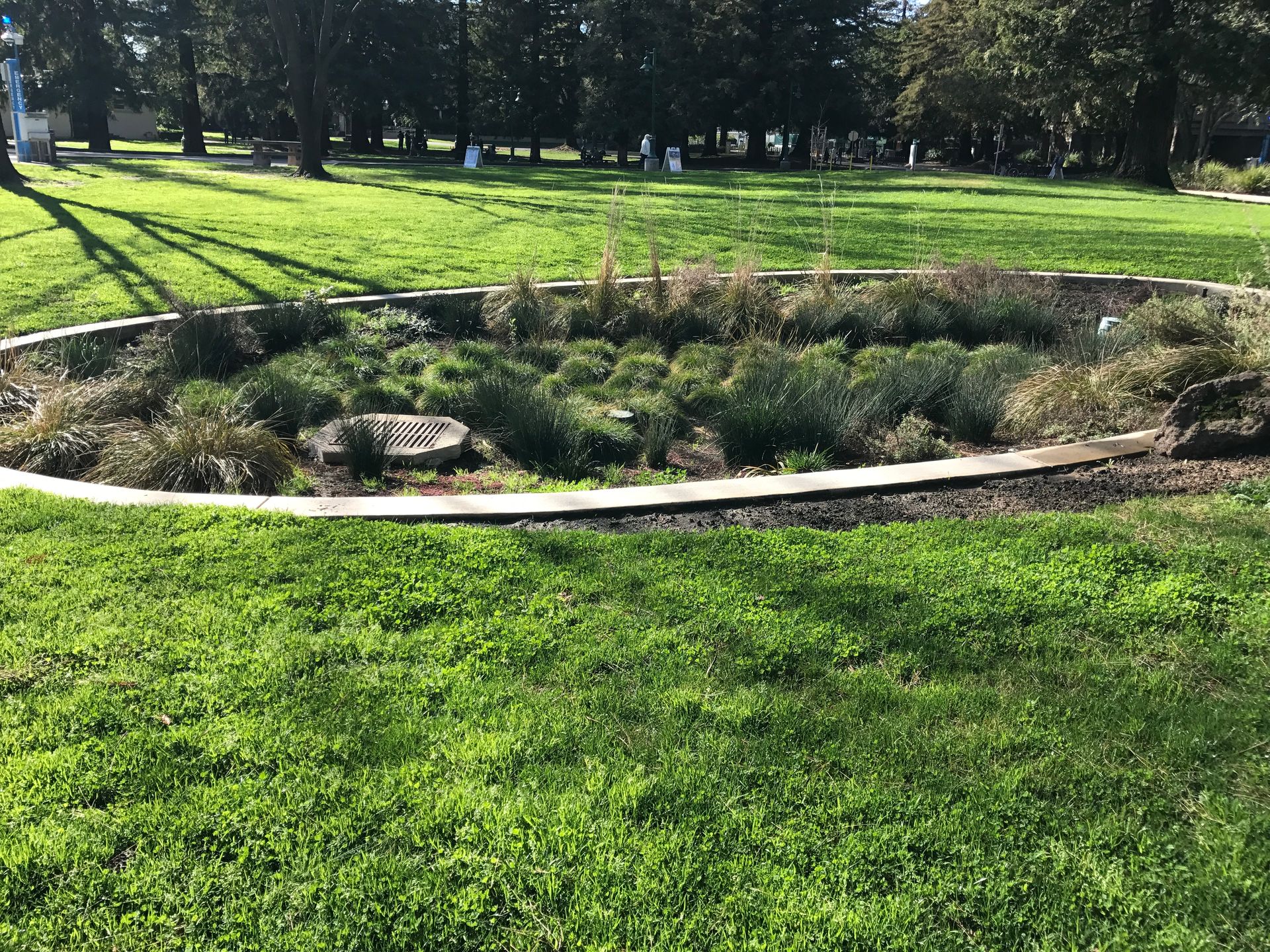Construction sites are infamous culprits of air and water pollution. Between dangerous chemicals housed on-site and erosion caused by land disturbance, just one rain or wind storm could sweep these dangerous pollutants into nearby water systems, leading to potential devastation.
Stormwater best management practices (BMPs) are strategic controls designed to minimize the environmental effects of construction sites and reduce the risk of pollution, flooding, and erosion caused by runoff.
While most site managers are probably familiar with silt fences and vegetative swales, stormwater BMPs also incorporate more comprehensive elements of stormwater management, from site planning to employee training.
This article summarizes each stormwater BMP into nine essential categories to help you better understand their purpose.
1. Strategic Site Planning
First, site managers can alleviate many potential environmental issues by minimizing land disturbance through strategic site planning.
For example, phasing construction activity and concreting all activity to specific areas will reduce the amount of controls needed to stabilize soils and capture runoff, thus saving money in the process.
2. Erosion and Sediment Control
The most common stormwater BMPs are erosion and sediment controls, designed to minimize soil loss and prevent sediment-laden water from leaving work sites.
There are generally two categories of erosion and sediment controls site managers can implement: point and linear BMPs.
Point BMPs are designed to capture runoff and control erosion/sediment at specific areas of the worksite, while linear BMPs typically run parallel across slopes or perimeters for support.
| Point BMP Examples | Linear BMP Examples |
| Retention Basins: Allows runoff to be filtered before being discharged, | Silt Fences: Runs parallel to slopes to capture sediment and divert runoff. |
| Cisterns: Captures rainwater for reuse. | Straw Wattles: Organic materials wrapped in twine that help absorb and divert runoff. |
| Rain Garden: Captures and absorbs rainwater runoff. | Check Dams: Small, temporary dams made of rock, gravel, or sandbags placed across drainage ditches to reduce water flow velocity, encouraging sediment to settle out. |
3. Stabilization Practices
Another important aspect of controlling erosion and topsoil is providing sufficient ground soil to absorb, divert, and filter runoff.
However, when that ground cover and native vegetation have been cleared away, stabilization practices must be implemented to restore the topsoil to a durable state.
The two most common stabilization techniques include:
- Mulching: Applying a layer of straw, wood chips, or other organic material on the soil surface to protect against erosion. Mulch also helps retain soil moisture, promoting vegetation growth.
- Hydroseeding: A slurry composed of organic compounds that are designed to accelerate reseeding.
4. Runoff Control
Beyond linear BMPs, there are additional controls designed to divert and control runoff to prevent flooding. Some examples include installing downspouts, diversion channels, and slope drains on steep hills where runoff is highly concentrated.
5. Perimeter Controls
Another important aspect of managing pollution on a worksite is making sure that no pollution is inadvertently tracked out of the site via a construction vehicle or worker. This includes setting up concrete washout areas, installing barriers around inlets, and setting up access point procedures around worksite entrances/exits.
6. Pollution Prevention Practices
Pollution prevention focuses on minimizing the mixing of pollutants with stormwater runoff. Some practices include:
- General Housekeeping: Implementing practices to label, store, and handle dangerous materials responsibly without the risk of exposing them to rainwater.
- Material Management: involves properly covering materials, storing them away from drainage paths, and using secondary containment for hazardous substances.
- Spill Prevention and Response: Implementing procedures to prevent spills and react in the case of an accident. This also includes assigning spill response managers.
7. Structural BMPs
Physical BMPs can be constructed to provide long-lasting or even permanent stormwater management and erosion control. Examples include:
- Retention ponds: These hold water until they can be filtered for safe discharge. These are often permanent structures placed at the foot of hills.
- Wetlands: Construction wetlands can be constructed using retrofitted basins that allow runoff to settle without being discharged off-site.
- Sand filters: A sand basin can be installed on the surface of a worksite to help filter out harmful pollutants and allow rainwater to settle.
- Riparian barriers: A physical riparian barrier made of stones or concrete can be constructed to protect streambanks and rivers.
8. Innovative and Green BMPs
Green roofs, permeable pavements, and rain gardens are other long-term structural BMPs designed for sustainability. Each can be installed on urban, residential, or rural structures and is designed for recycling rainwater, filtering pollutants, and slowing down runoff.
9. Training, Inspection, and Education
Finally, continuous training and education are essential parts of any stormwater management plan. This includes educating both workers and subcontractors on specific stormwater practices.
Likewise, the efficacy of any BMP depends on its condition and installation. Most experts recommend inspecting BMPs after any significant rainfall event and generally every seven days.
Contact the experts at Valor Environmental for help implementing new BMPs, devising a stormwater management plan, or with any construction-related activity.
FAQs
What are the consequences of poor stormwater management?
Poor stormwater management can lead to significant environmental damage, including water pollution, habitat destruction, and increased flooding risk. It can also result in regulatory fines, project delays, and reputational damage for construction companies.
How do I determine which BMPs to use on my construction site?
The selection of BMPs depends on various factors, including site size, soil type, topography, climate, and specific project activities. Conducting a site assessment and consulting with environmental professionals are important steps in developing an effective stormwater management plan.
Can BMPs be adjusted once construction has started?
Yes, BMPs should be regularly evaluated and adjusted as needed based on site conditions and effectiveness. Monitoring and maintenance are essential to ensure BMPs function as intended throughout the project.

